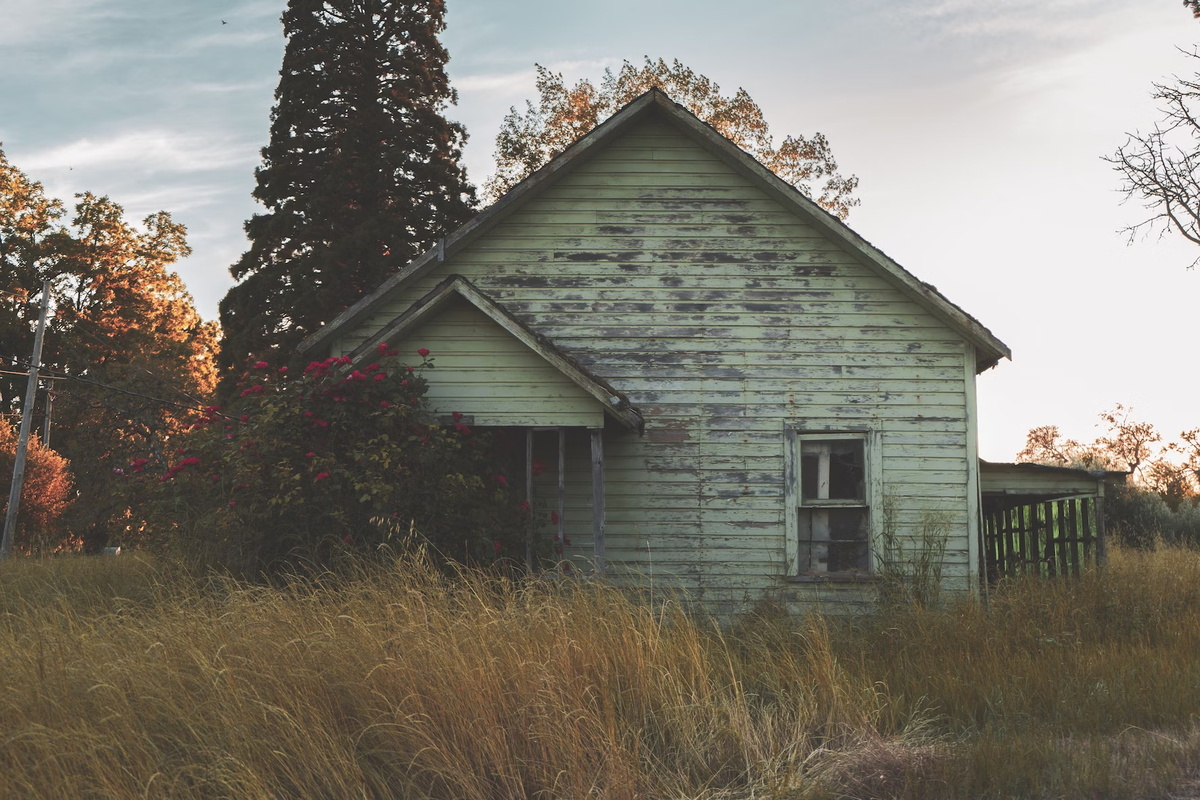
For Richer Or Poorer: Inside Leelanau County's Identity Crisis Of Wealth
By Craig Manning | June 21, 2023
Leelanau County is the wealthiest county in the state of Michigan.
At least that’s the conclusion of SmartAsset, a financial technology company that earlier this month published a study ranking the top strongholds of wealth in each state.
For the study, SmartAsset calculated a wealth index for every county in the country, taking into account median household incomes, investment income, and median home values. In Michigan, Leelanau County landed in the top spot, beating out major Detroit enclaves (Washtenaw, Livingston, and Oakland counties, which ranked second, third, and fourth, respectively) as well as its next-door neighbor (Grand Traverse County, which ranked fifth).
But despite Leelanau County’s statistical wealth, local experts say the SmartAsset study serves as perhaps the best evidence yet of the fierce dichotomy that exists here between the haves and the have-nots.
Last February, the Leelanau Ticker ran a two-part series titled “ALICE and Wonderland,” which looked at the county’s growing issues with poverty or near-poverty.
That series examined the prevalence of households in Leelanau that fit the definition of “Asset Limited, Income Constrained, Employed” (ALICE), a metric created by United Way for “defining and understanding the struggles of households that earn above the federal poverty level, but not enough to afford a bare-bones household budget.” While poverty levels are based on income thresholds that vary depending on family size and composition, ALICE metrics take into account where families live — and more crucially, what the cost of living is in those areas.
According to Beth Verhey, Leelanau’s ALICE statistics are not improving – even as the county becomes wealthier and wealthier on paper.
Verhey is an expert in child poverty policy. Previously she served as senior advisor on children’s rights and business for the United Nations Children’s Fund (UNICEF), and since retiring to Northport a few years ago, she’s been advocating for struggling households. Verhey gave the Leelanau County Board of Commissioners an update on the ALICE issue at a regular session last night (Tuesday, June 20), highlighting in particular the challenges that Leelanau’s ALICE situation poses for young families and seniors. One piece of that presentation involved some new and not-so-flattering data from United Way.
“The big story is that part of what the new ALICE data shows – and data is always behind reality – is that, generally speaking, in Michigan, things held steady rather than getting worse during the pandemic,” Verhey tells the Leelanau Ticker.
United Way published new national ALICE data earlier this year, which reflects numbers from 2021. Previous ALICE reports – including those cited last year by the Leelanau Ticker – included 2019 data.
“So, this is really the first opportunity to look at a pre- and post-pandemic context,” Verhey continues. “Our earlier reports were all pre-pandemic data.”
Broadly, across Michigan, Verhey says pandemic-era measures like stimulus payments, earned income child credit increases, and rental eviction protection measures lowered ALICE numbers or helped prevent them from getting worse. But there are exceptions to that rule, and Leelanau County is one of them: In 2019, 43 percent of Leelanau’s 9,100+ households fell beneath the ALICE threshold; by 2021, the figure was up to 46 percent.
“So, we’re one of the richest counties in the state, but we’re also one of the only counties that did worse in terms of struggling households during the pandemic,” Verhey notes. “Of the five counties in the Grand Traverse region, only Leelanau saw an increase in ALICE.”
What does an uptick in ALICE households mean for Leelanau? According to Yarrow Brown, executive director of Housing North, the county is already seeing the consequences, in the form of service workers and their families moving out of Leelanau. Per Brown, a forthcoming Housing North report will help shed some light on that population loss trend.
“[The new report] looks a lot at migration patterns, which I think is going to be a really interesting part of the conversation,” Brown explains. “I think the report will help Leelanau residents understand more about how they’re losing people who can’t afford to live there, and also more about who is traveling in and out of their community [for work].”
That report is an updated version of Housing North’s housing needs assessment, one of the most widely cited documents available for information about northern Michigan’s housing crisis. The original 2019 report compiled data from the 10-county northwest Michigan region (Antrim, Benzie, Charlevoix, Emmet, Grand Traverse, Kalkaska, Leelanau, Manistee, Missaukee and Wexford), providing projections of how many more housing units the region could support through 2025. Overall, the study determined that the 10-county region needed 15,540 additional housing units, including 10,880 rentals and 4,660 ownership units. In Leelanau County alone, the report called for 367 additional rentals and 301 new ownership units. But the 2019 didn’t include any information about migration trends, and didn’t assess how many people counties like Leelanau were losing due to insufficient or deteriorating housing stock.
The new housing needs assessment, which Housing North will unveil during a webinar scheduled for 10am next Wednesday, June 28, drills down deeper into the consequences of housing shortages, while also offering post-pandemic updates on how many new units each community needs.
Troubling trends aside, Brown does see progress happening in Leelanau County on the housing front: She cites the work Larry Mawby has been doing in Suttons Bay with Peninsula Housing as one example, and to widespread local conversations about ADUs (accessory dwelling units) as another. But progress on most fronts is slow, in part because there are still some community members actively pushing back against it.
“I think some of the challenge relates back to affluence,” Brown says. “There are some people in our communities who are really resistant to change. And so there’s this disconnect between those who are comfortably housed and have quite a bit of means, and those that want to live here and work here and be a part of the year-round community. That latter group has been essentially priced out. So, we really need more people to show up [at local meetings] and say they want these changes and are open to them.”
For her part, Brown is hopeful that more transparency about migration trends will help hammer home what a loss of population might mean for a community like Leelanau County in the long run.
“The inability to attract businesses and employers because of the lack of housing is really going to impact Leelanau,” Brown concludes. “So that’s something we need to consider, because most of the folks in the ALICE range are those who are going to be working in the community year-round, and they're the ones that we need to keep the local economy up and running.”
CommentAccessibility, Local 'Recreation Needs' Top The Priorities List In New Leland Township Parks Plan
Accessibility will be the top-line priority for the Leland Township parks and recreation department over the next …
Read More >>Property Watch: Iconic Suttons Bay Farmstead
Touted as "one of the most versatile properties in Leelanau County," this 29-acre chunk on the outskirts …
Read More >>'You Keep Moving Forward:' NJ's Grocery In Lake Leelanau Primed To Reopen
A popular Lake Leelanau grocery closed for months after a devastating fire will likely reopen in a …
Read More >>The Latest Leelanau County Blotter & 911 Call Report
The Leelanau Ticker is back with a look at the most alarming, offbeat, or otherwise newsworthy calls …
Read More >>



